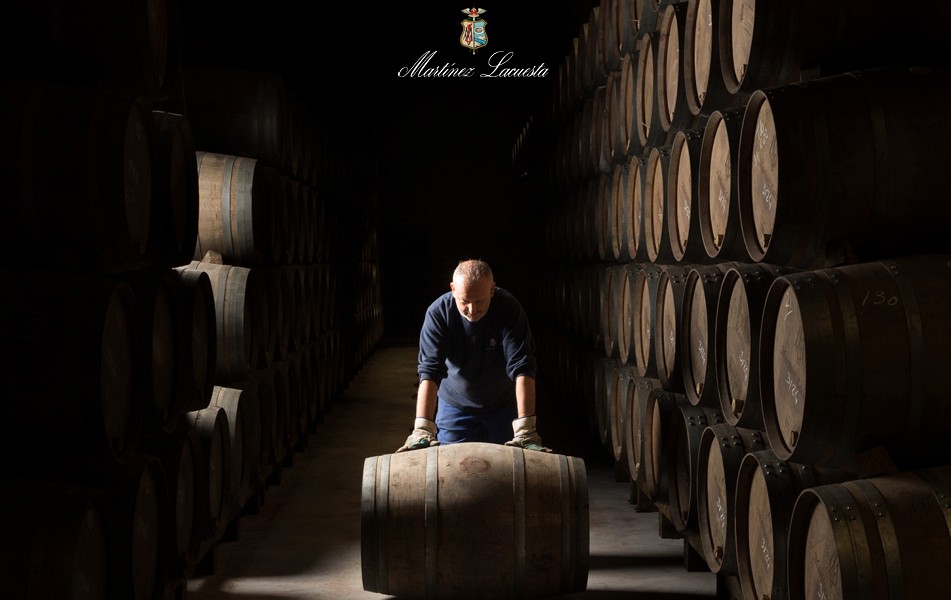When Burgundy meets Bordeaux
The head of Domaine Jacques Prieur has explained how his experiences in both Bordeaux and Burgundy have informed a series of major winemaking changes at the family estates in each region.
Speaking to the drinks business at a tasting hosted by Corney & Barrow, new UK agents for the Domaines Labruyère portfolio, Edouard Labruyère outlined a number of developments at Domaine Jacques Prieur since he took over from his father in 2008.
The first significant change at the Burgundy domaine, whose vineyard holdings include nine grand cru sites and 14 premiers crus, was a shift from the organic approach already in use to biodynamics. “In 2009 and ’10 we saw drastic reductions in yield but no impact on the wine itself,” recalled Labruyère. “The change started to be obvious in 2012 – alcoholic fermentation was more smooth and delicate.”
The other early shift was a sharp reduction in new oak at Jacques Prieur, which dropped from 100% to 20-30%. “I grew up in Bordeaux and was tired of 100% new oak,” explained Labruyère, whose remit extends to the family’s Pomerol property Château Rouget. “When it came to Burgundy, considering Pinot Noir is more delicate than what we have at Rouget, I asked the team to stop with the new oak,” he remarked.
This move towards delicacy also saw Labruyère stop battonage, or lees stirring, for white wines at Jacques Prieur in 2009. As a result, he observed, “There is more purity, finesse, less heaviness. Burgundy is well known for the signature of its terroir but with battonage you give more of a signature of the domaine – you add something.”
Labruyère is also a strong advocate for whole bunch fermentation with the Jacques Prieur red wines. 2010 saw 30-50% of the grapes fermented in this way and although he noted that in 2013 “the grapes were not properly ripe to do so,” the more favourable conditions of the latest vintage meant “we did a lot in 2014.”
Explaining this switch, Labruyère commented: “I like the taste; it’s more of a personal thing. With whole bunch you have the saltiness, the soft touch of the terroir.”
For Labruyère, this combination of biodynamics and whole bunch has had a particularly striking effect on wines from the estate’s 1.5 hectare parcel in the middle of Clos de Vougeot. “10 years ago it was quite rough; it used to be the bad boy of the domaine, but now it’s well educated,” he remarked. “Whole bunch is a good way to introduce some discipline.”
Turning to Bordeaux, where Labruyère expressed overall concern at “too much new barrel and concentration,” he revealed that whole bunch fermentation was introduced at Château Rouget in the 2012 vintage.
Partner Content
Suggesting that the estate is “possibly the only Pomerol to be made with whole bunch,” Labruyère described the results as “amazing”. While whole bunch is generally avoided in this region due to the green character it can impart, for Labruyère the technique offers an important benefit. “Bordeaux has a problem with too much alcohol – the Merlot can be more like Port than wine – so whole bunch gives it some discipline,” he argued.
Adam Brett-Smith, managing director of Corney & Barrow, explained the value of this latest addition to the merchant’s portfolio, which already includes big names such as Domaine de la Romanée Conti, Clos de Tart, de Vogüé and Leflaive.
“We’ve never worked with a great domaine that hasn’t been rooted in one village,” he told db. “This is a bit like Leroy; it has beautiful holdings in each of the grand cru vineyards.”
Confirming that UK allocations remain small – between 10 and 60 cases for the grands crus and “a bit better” for the premiers crus – Brett-Smith observed: “Most of this will go to private customers, and then a dusting of top restaurants.”
He also welcomed the addition of other wines from the Labruyère portfolio that accompany this Burgundian arrival. “When we first started talking it was just the Jacques Prieur wines which we lusted after, but then it became important that all the houses were represented,” explained Brett-Smith. “We don’t have a Moulin à Vent and this is way outside the carbonic maceration nouveau style – it’s deep, sonorous and not expensive.”
With the merchant already acting as UK agent for Pétrus, Brett-Smith described Pomerol as “a second home for us”, confirming that Corney & Barrow would continue to buy wine from Château Rouget through the place de Bordeaux.
As for Champagne Labruyère, which is due to arrive in the UK this autumn, Brett-Smith noted: “The world seems to be going towards owner-grower operations. When you can present Champagne as a fine wine as opposed to a brand then it’s much easier.”




